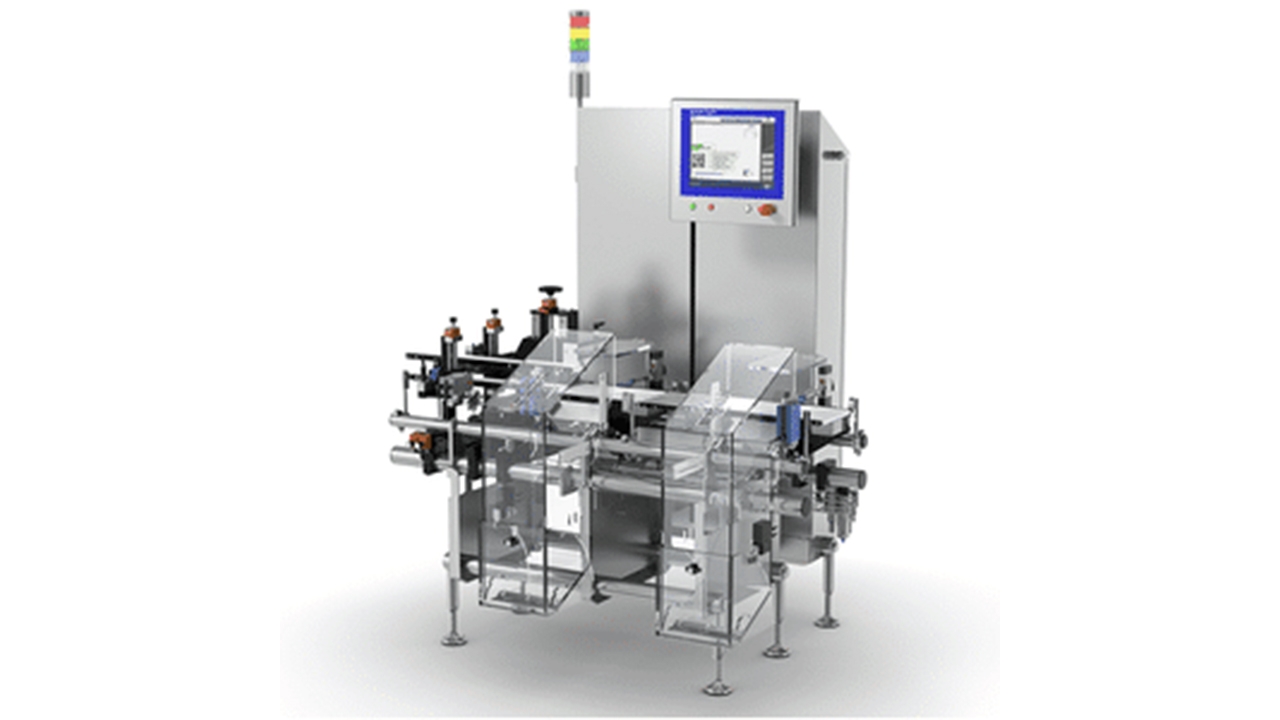smartGPS revolutionizes flexo press setting

Jörg Linnenbrügger at Fischer & Krecke, evaluates the technology and explains how it works on a modern CI flexo press. smartGPS is an RFID communication system between plate mounter and press that has dramatically improved press setting time
This technology sets a new and unique standard when it comes to registration and impression setting. What is commonly understood by impression setting does not accurately describe this new breakthrough, because the setup parameters are not realized in the printing press. Both the traditional manual adjustment, and automatic optical-based systems perform the setup process in the press whilst the machine is running. The graphic positioning system does the job off-line at the plate mounting stage, with little additional time required, and delivers the necessary set up parameters whilst the machine is idle.
The process of achieving these settings is influenced by the cylinder or sleeve and the surface variations of the mounted plate, and, until recently, had to be judged optically by the operator to achieve the optimum impression settings in conjunction with the anilox setting.
Of course the sleeve accuracy and hardness value, the tape qualities, and plate, all have an effect on the final settings, as does the anilox condition and anilox contact to the printing plate that optimizes the ink transfer.
Traditionally, all these settings are made whilst the machine is running, this takes time and energy, and generates a significant amount of waste each year.
This waste is substantially increased on modern high-speed machines, which use faster drying inks that need quicker set up speeds in order to avoid drying-in problems.
The industry has tried to automate this process by duplicating and enhancing the original manual steps with various forms of mainly optical automated technology. However, as mentioned previously, this occurs whilst the press is running with the inevitable consequence of waste generation.
In the meantime, it has been found in practice that smartGPS is also an excellent quality control mechanism, as all new sleeves or intermediate bridging sleeves/mandrels, as well as the anilox, can be precisely measured for diameter, length (end to end), and TIR (concentricity) on the same plate mounting machine. This ensures optimum values can be included in the press settings to accommodate these tolerances. The repeat length required is not necessarily that which the final print plate package delivers, owing to diameter variations across the face width of the mounted package.
At Fischer & Krecke, we took a different approach. We decided to investigate how we could generate the print register settings and impression settings off the press in such a way that the final optimum results can be entered and set in the print decks, without actually running the machine at all.
The initial studies by F&K were conducted in different package printing industries, using different inks, different plates, different plate thicknesses, different sleeves, different shore harnesses for plates and sleeves, and different double-sided tapes, all available at different worldwide facilities. From these extensive studies came advance impression-setting findings to provide choice of the optimum impression setting for millions of variables. These algorithms were beta tested many times to determine that their accuracy would provide the required results under all circumstances.
In the graphic positioning process, a new measuring system is integrated into a specially engineered mounting machine that enables the topography of the print ready cylinders (i.e. intermediate mandrel + sleeve + tape + plate) to be scanned to an extremely high precision level. An RFID antenna transmits the calculated data to a chip embedded into the sleeve.
Similarly a data registration position is read from a second implant. This registration information is coming directly from the plate graphics. Impression data from complex software takes into account all information relating to each module of the built up package, from sleeve type and hardness, tape type, and plate type. This measuring sequence takes place very quickly.
The special mounter is also used for measuring the anilox and its TIR, providing an occasional quality control check that takes the anilox wear into account. The results of the anilox scan are similarly downloaded to a chip in the end ring of the anilox.
In the actual printing machine, each graphic positioning print deck includes an RFID antenna and positioning sensors. Once the mounted sleeves are installed in the machine, the reading of the stored data from the sleeve chips is transferred to the machine computer controls so that all the processes, from racking in, registration, and impression setting, are now automated and synchronized simultaneously for all print units engaged in the job. All this takes place whilst the machine is completely still.
Such precision pre-setting, results in a substantial elimination of waste:
| Substrate needed during set up for register and impression
| Ink/solvents consumed during setup
| Energy used during set up
| Hourly press rates
| Substantial reduction in wasted labor time
| Reduction in waste disposal costs
| No register marks are required therefore additional material width is eliminated
| No damage to plates due to over impression (i.e. longer printing plate life)
| No premature evaporation in impression setting (good ink transfer)
| Consistency of the process
The register and impression setting is consistent, irrespective of ambient conditions, and works independently of the color or type of ink or coating, including those coatings that are optically difficult to see. The system works on any substrate, including metalized films, papers and foils, and any substrate thickness or type such as corrugated linerboard. For example, a recent installation of an 8-color linerboard preprint press, 2.85 meters wide, uses the smartGPS system to great effect. All print data remains in the chip with the sleeve, until new plates are mounted.

The system provides the correct impression settings independent of ink drying characteristics and machine speed.
With this new F&K smartGPS system, the print adjustments and impression parameters are known in advance of loading the job onto the press, and as such, the machine can be accelerated to production speed after the first kiss contact. Any problems with the mounted packaging, such as high spots or plate damage, will be highlighted by the mounter software and pinpointed on a quality control print out.
Essentially, the system does not replace the skills of the operator but enables them to increase the uptime of the press with minimum waste, resulting in a greener and more profitable operation.
Almost all Fischer & Krecke machines sold since drupa 2008 have included the smartGPS system by choice, and the technology can also be retrofitted to earlier F&K Flexpress machines.
Stay up to date
Subscribe to the free Label News newsletter and receive the latest content every week. We'll never share your email address.

